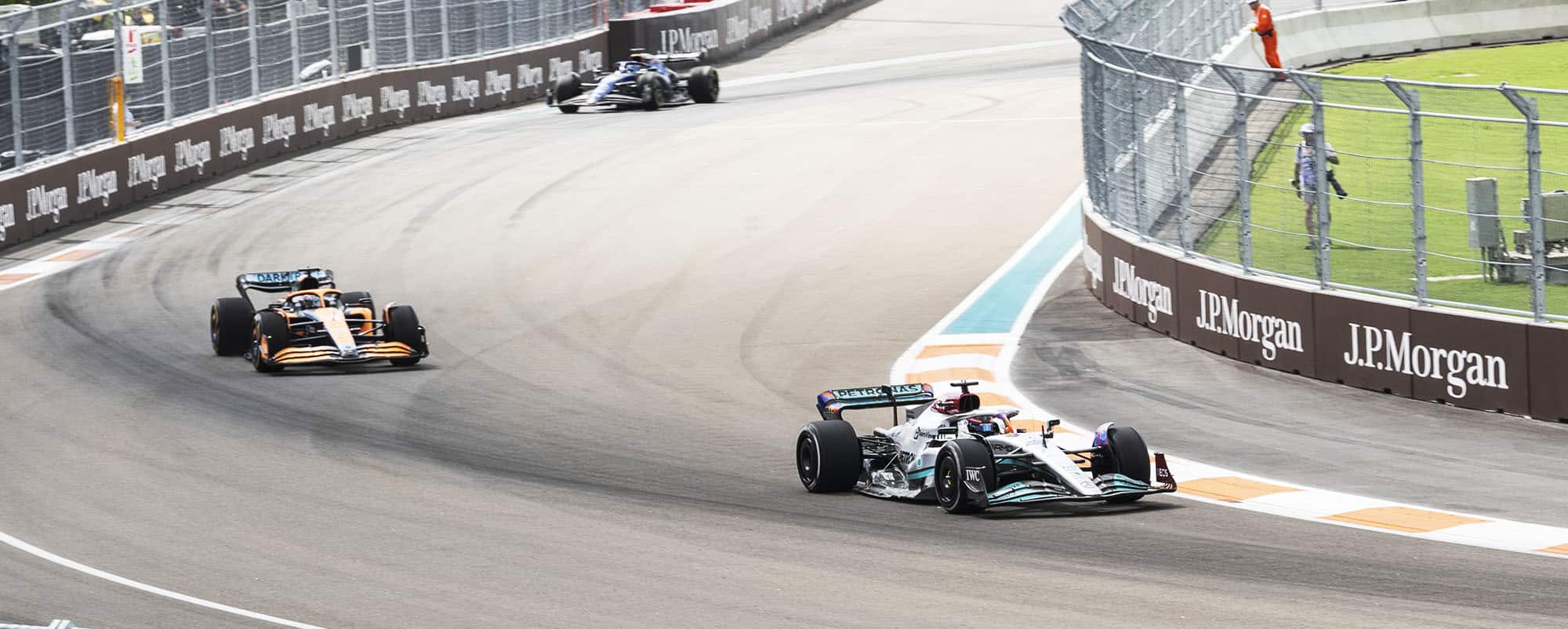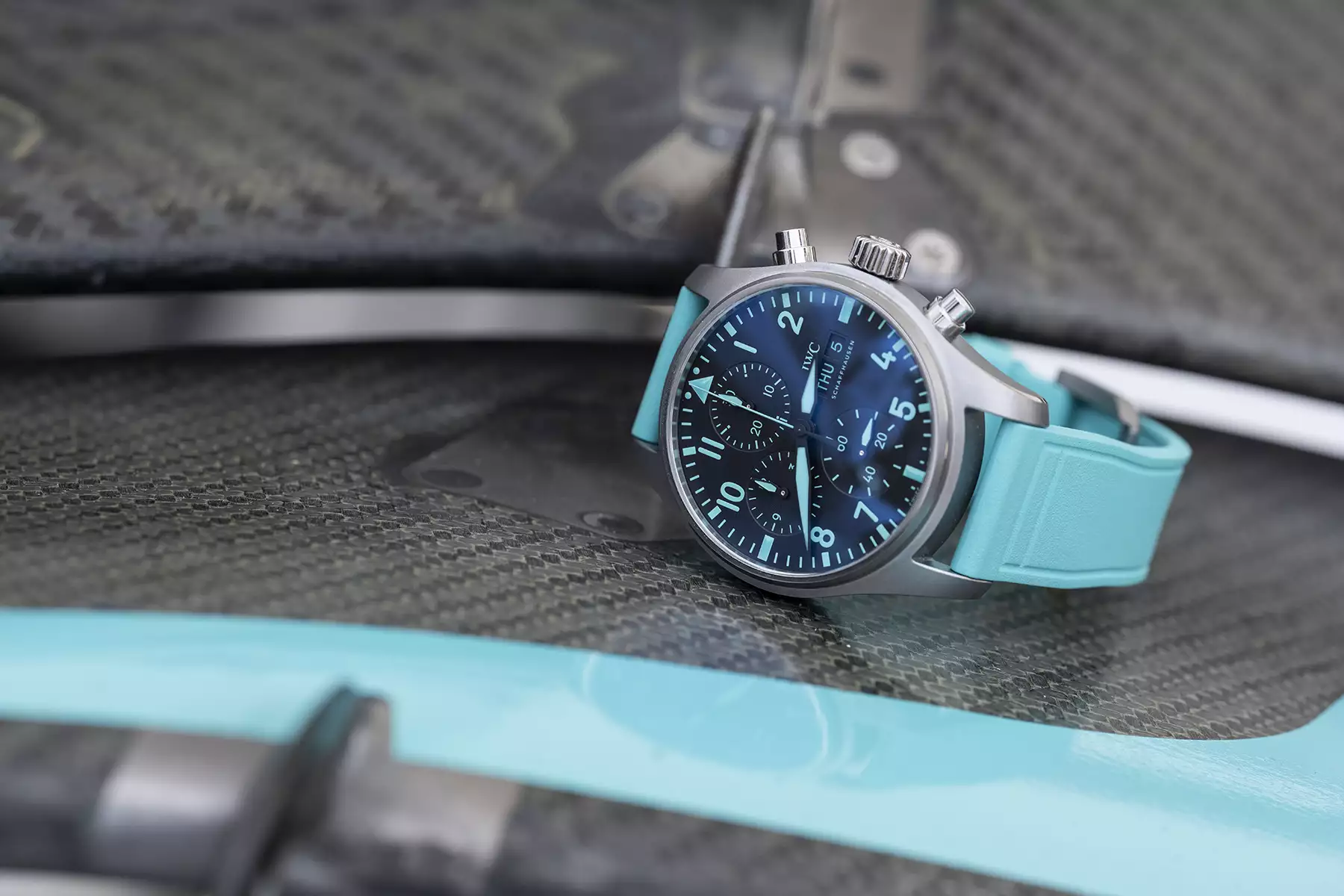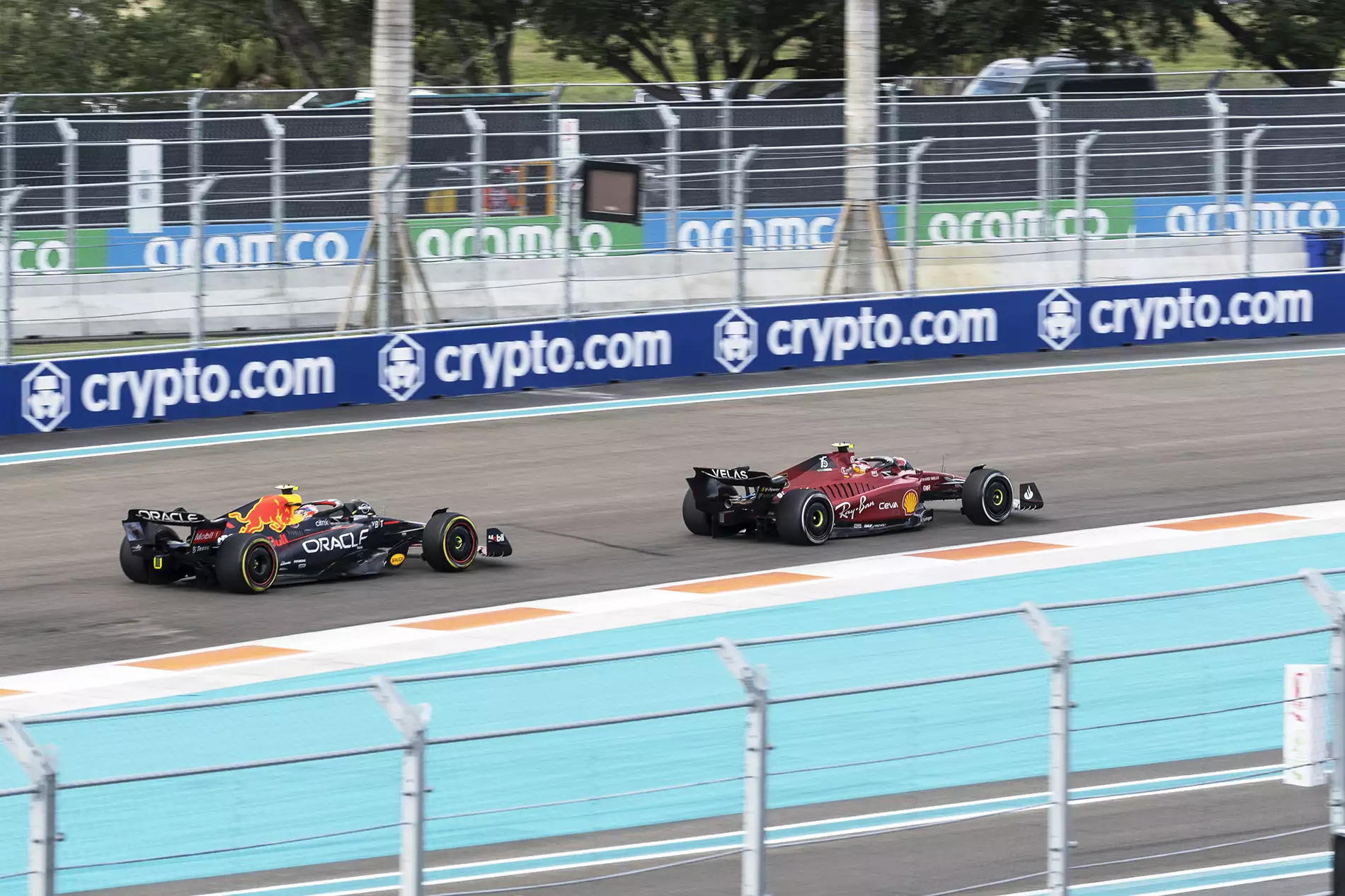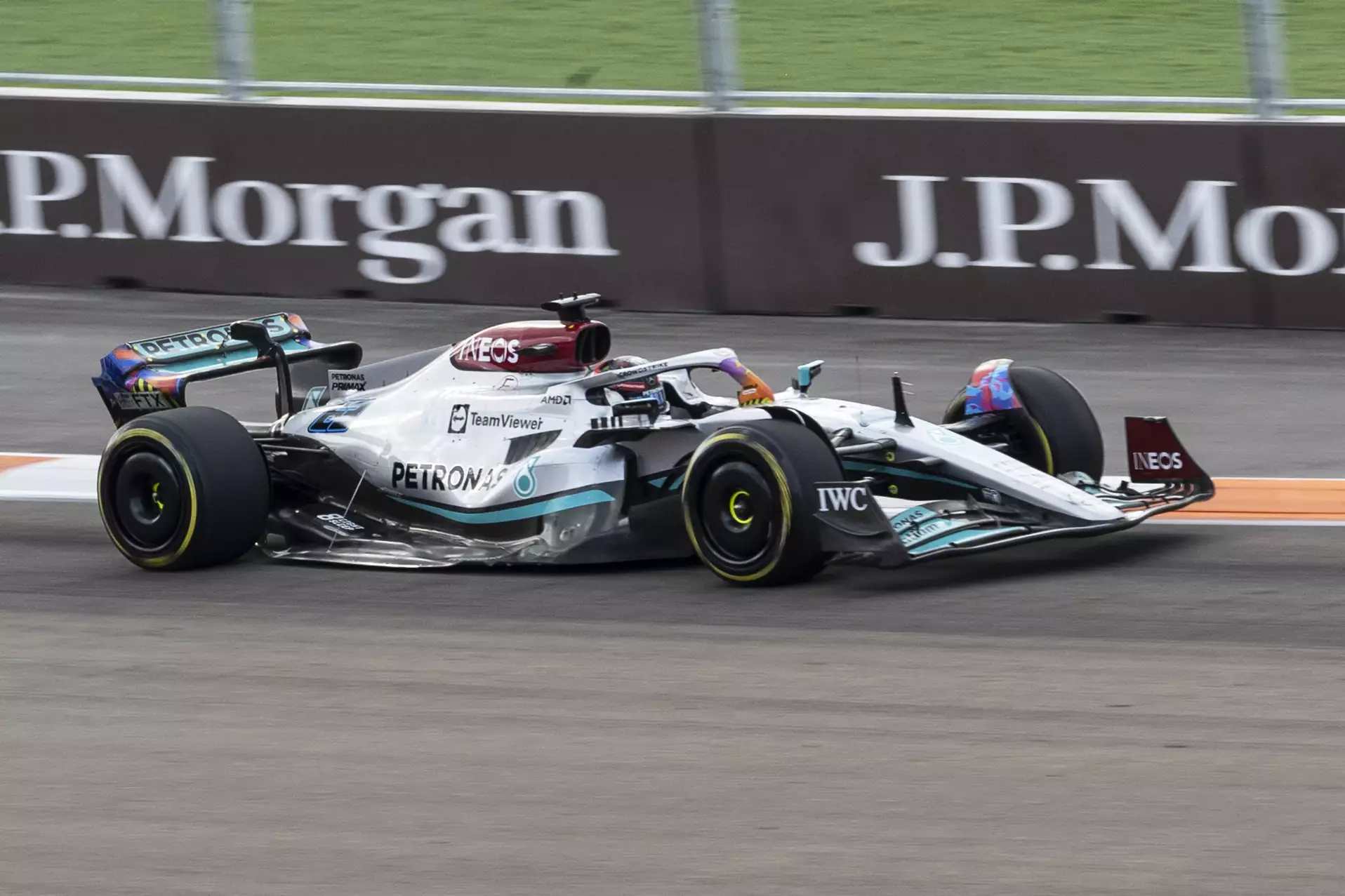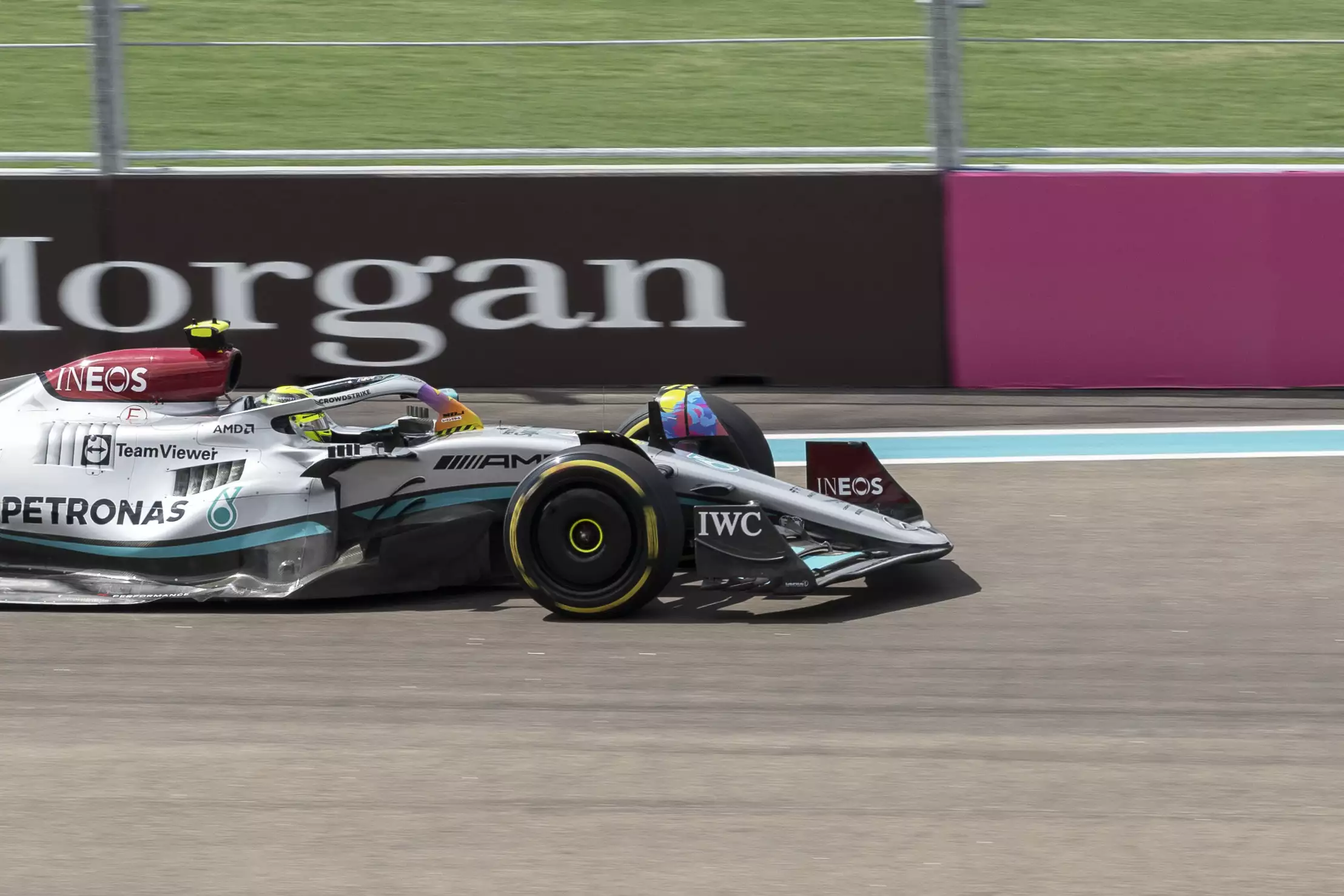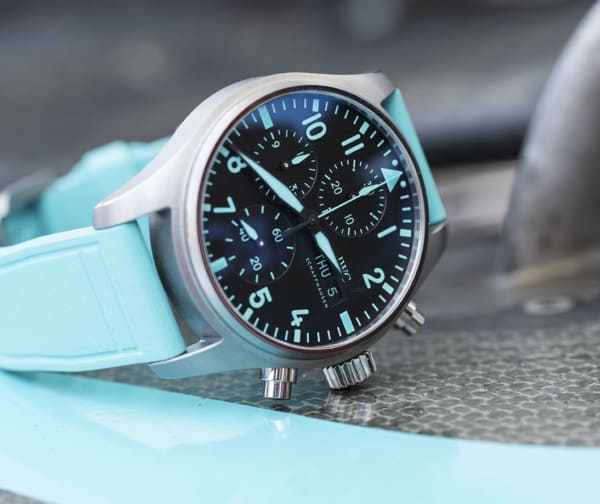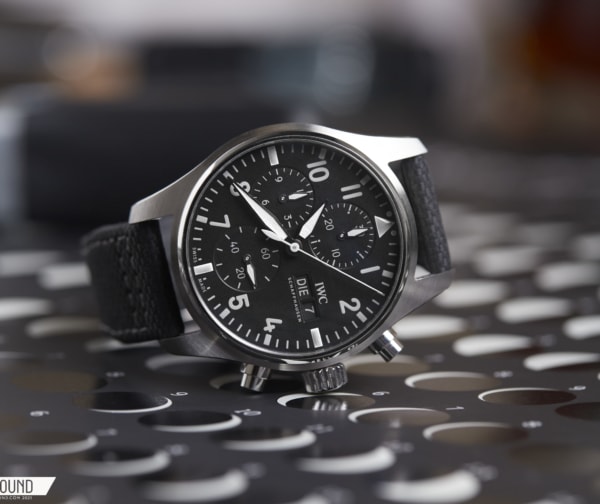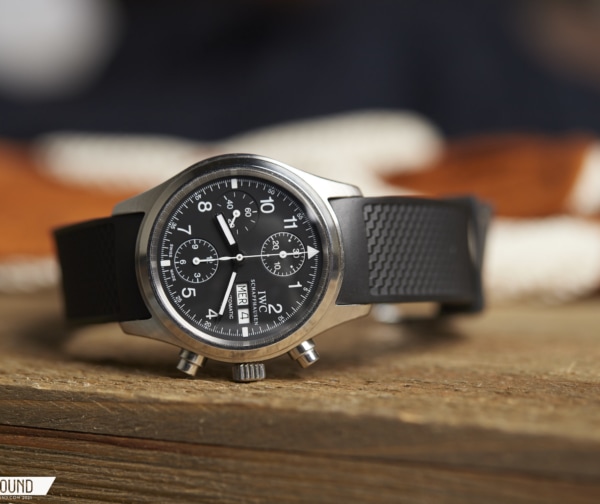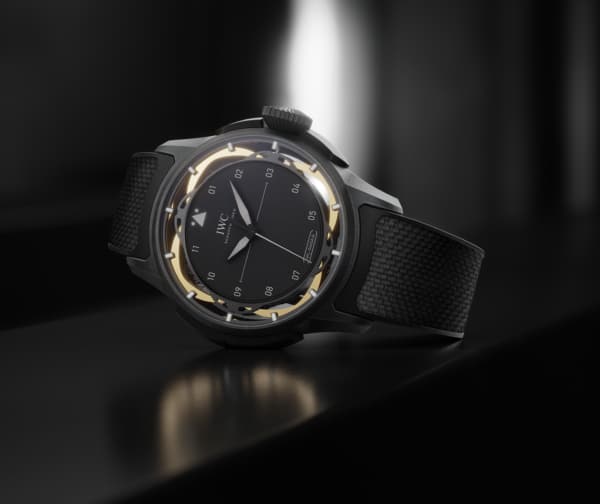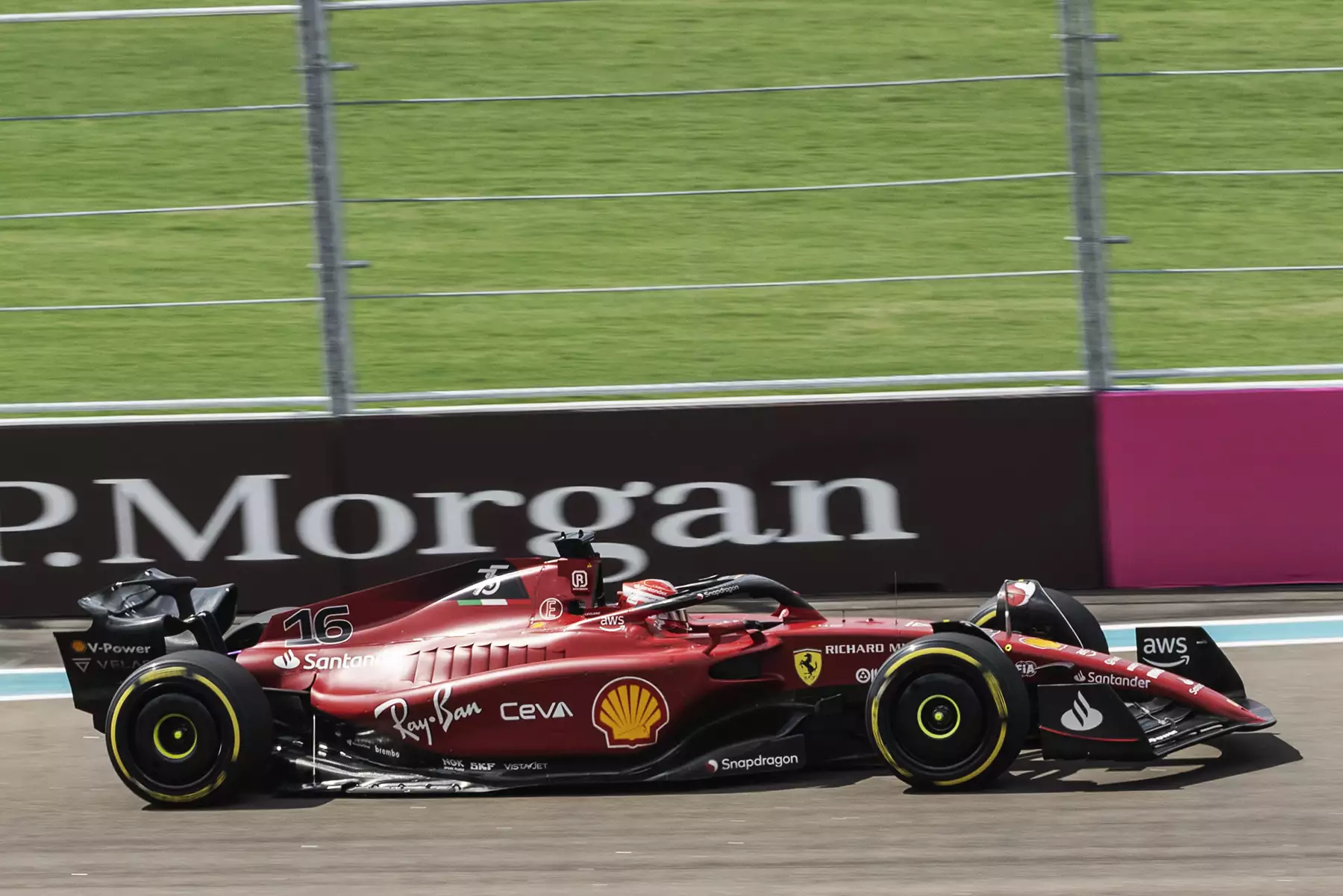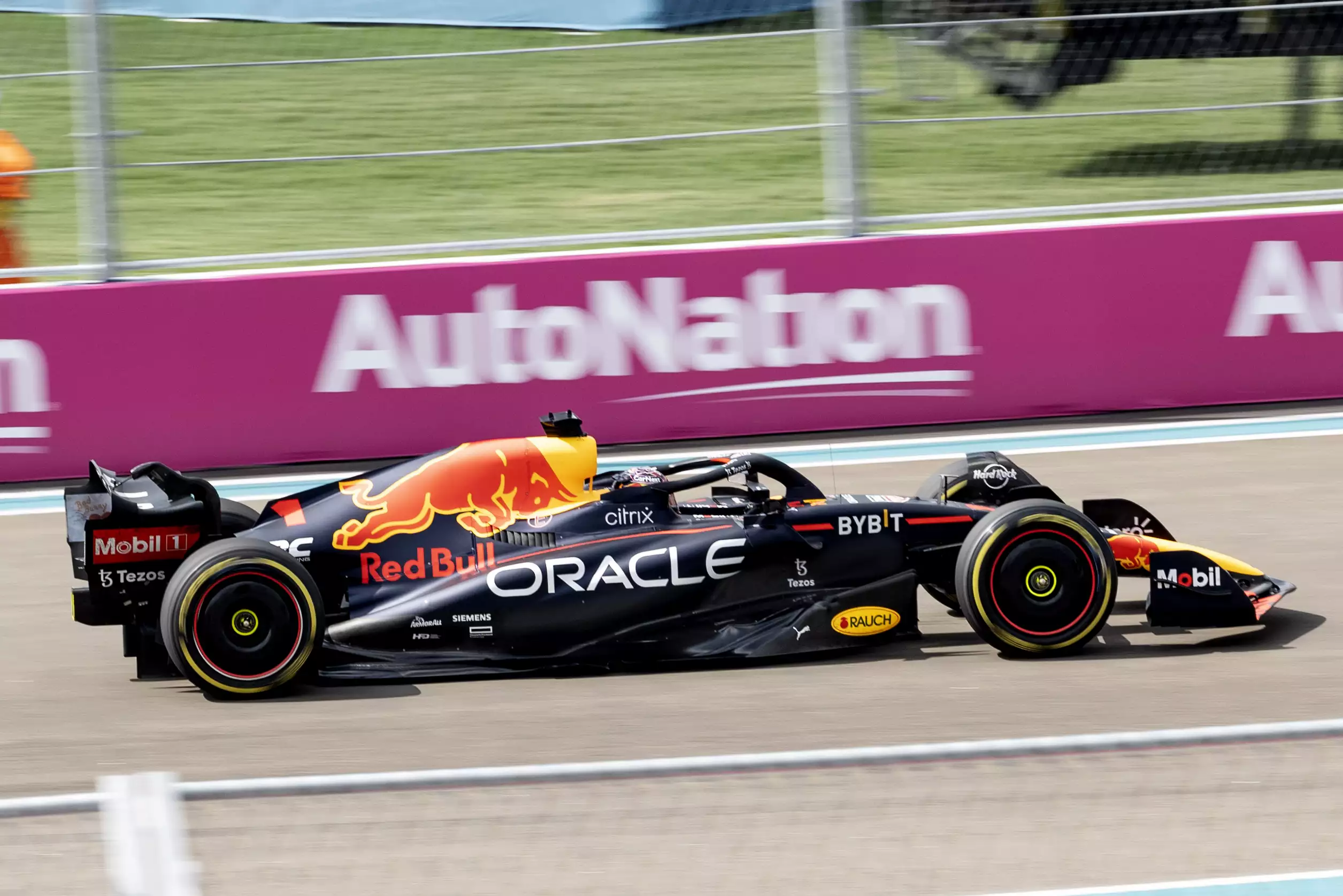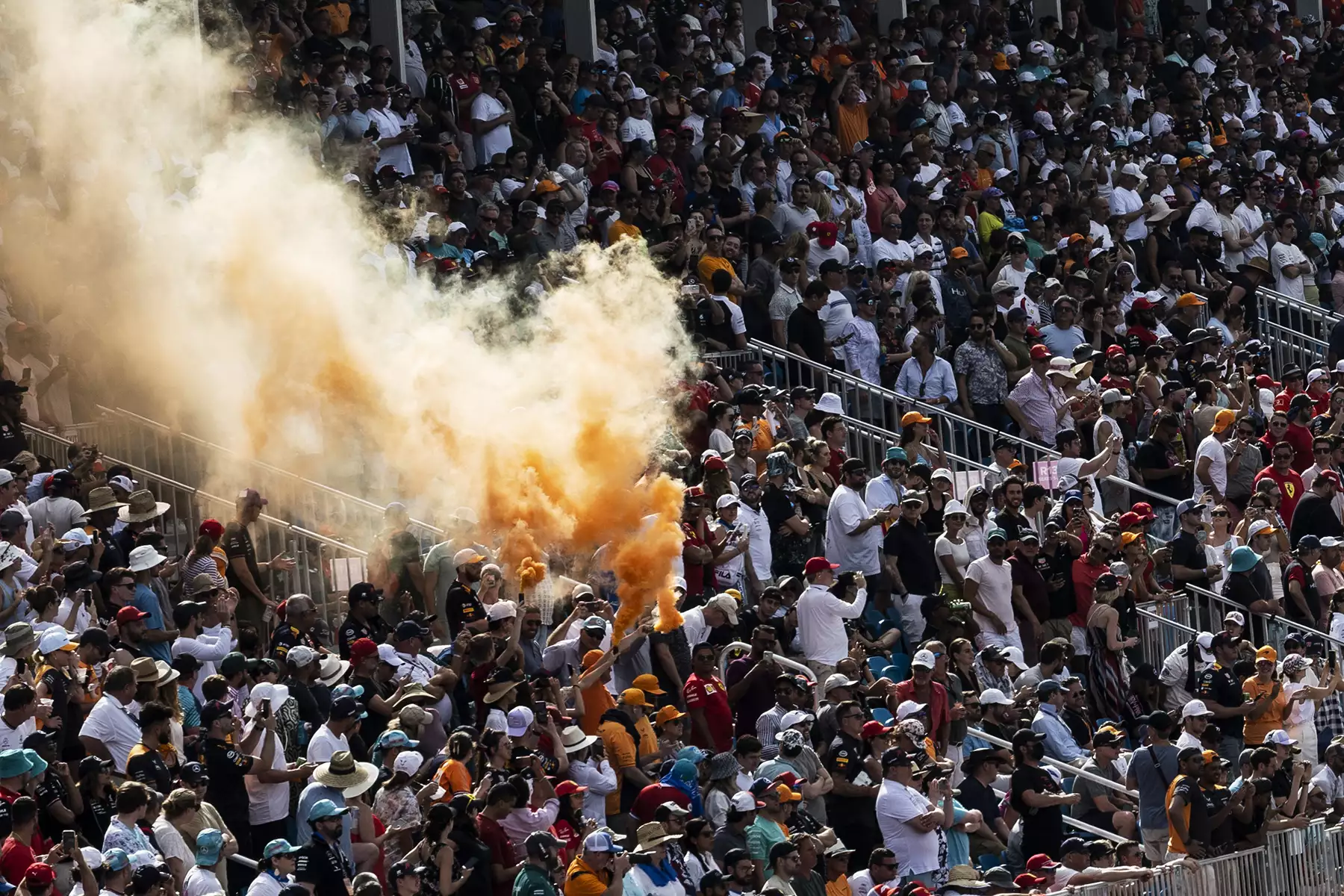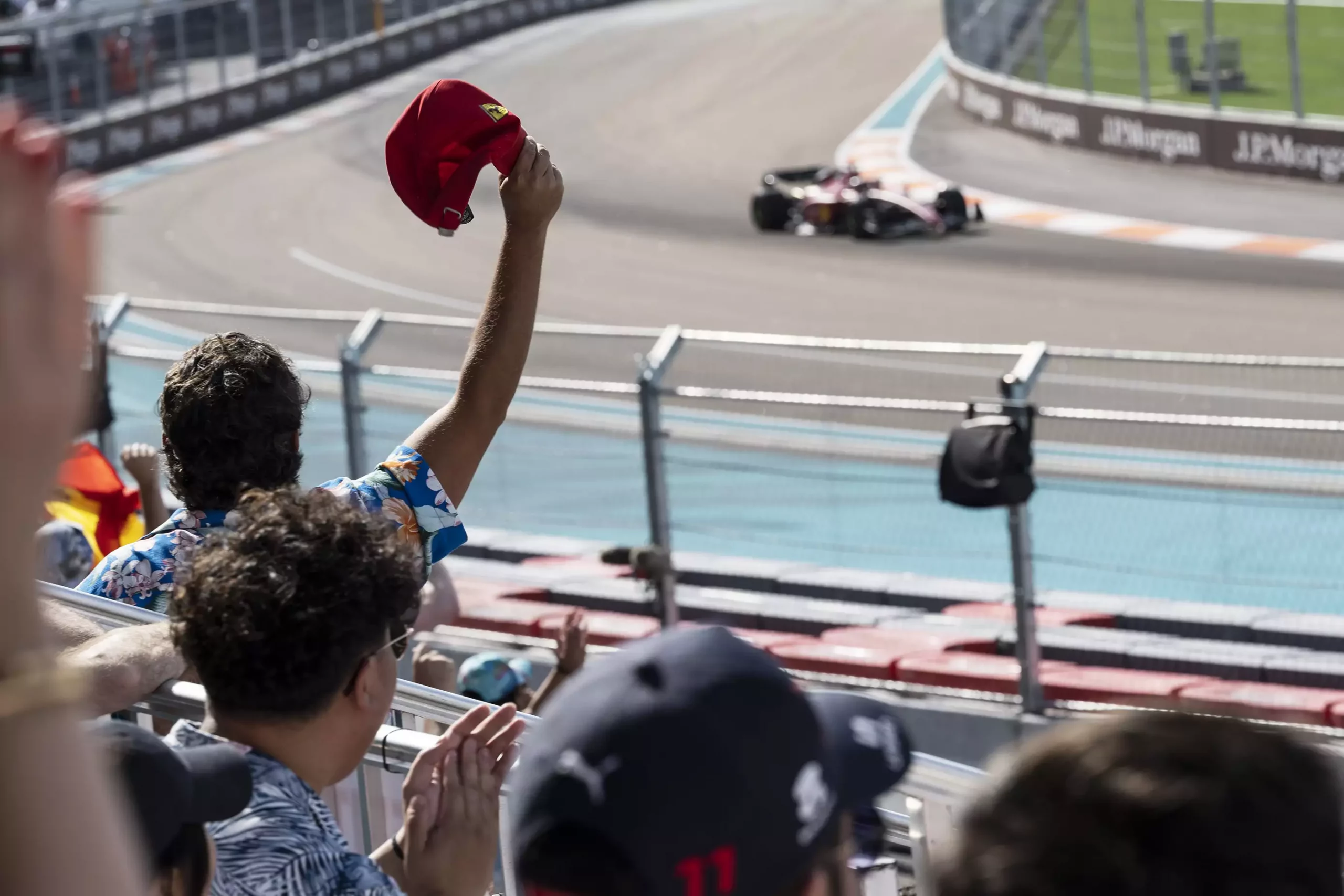The last time Formula 1 visited the state of Florida, a 22 year old Bruce McLaren took the checkered flag, and the 4th place finisher, Jack Brabham, ran out of fuel on the last lap, and resorted to pushing his car across the finish line to secure the first of his 3 eventual diver’s championships. The year was 1959, and the track was Sebring raceway. Flash forward 63 years, and the sport has returned to the sunshine state to race a temporary 3.6 mile track around Miami’s Hard Rock Stadium. The 2022 Miami GP may not have been as dramatic as the 1959 race at Sebring (not one driver ran out of fuel), but it takes another step in bringing this hugely popular global sport to the US, alongside the existing Austin GP at COTA, and the recently announced Las Vegas GP coming next season.
This year, IWC Watches invited us to experience the race with them, and took the opportunity to introduce the Official Mercedes-AMG Petronas Team Chronograph in the process. We brought you that first look at the watch, which was introduced by Mercedes-AMG F1 team principal, Toto Wolff alongside Chris Grainger and Christian Knoop. I asked Toto, in jest, if he’s ready to give up his XPL Shock Absorber watch in the garage, and it seems the answer to that is no.









 Featured Videos
Featured Videos




